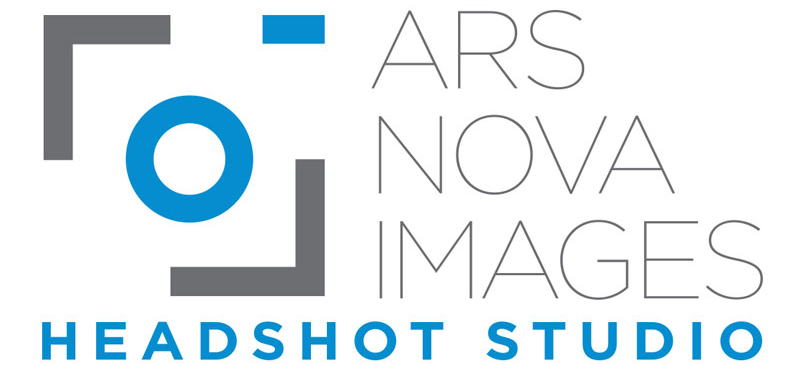Difference Between Portraits and Headshots: Complete Guide
When you need a professional photo for your personal or professional life, you might hear two common terms: portraits and headshots. But what do they mean? Are they the same? Can you use a headshot as a portrait or vice versa?
These are common questions, and this guide will help you understand the key differences between portraits and headshots and when to use each type of photograph.
What Are Portraits?
A portrait is a broad term referring to any photographic representation of a person. It primarily aims to showcase an individual's features, personality, and emotional state. The scope of professional portrait photography can range from a simple close-up of the subject's face to a full-body shot.
Features of Portrait Photography
Wide Composition: Portraits often include a wide composition that captures the subject in a natural setting, sometimes with elaborate backgrounds, props, and context surrounding the individual.
Varied Poses: Poses are diverse, focusing on how the subject’s personality and emotions are expressed.
Artistic Style: The photographer's creative direction plays a huge role, often aiming to evoke certain feelings or deliver a narrative about the subject.
Contextual Backgrounds: A portrait usually integrates an environment that tells a story, adding context to the image beyond just the person's likeness.
Uses of Portrait Photography
Portraits are frequently used in personal art, creative portfolios, personal branding, or family photos. They may also appear in advertising, literature, and media when presenting a specific theme, message, or brand.
What Are Headshots?
A headshot is a more professional and straightforward photograph, primarily focusing on the face and upper shoulders. The goal of a headshot is to represent the person in a professional and approachable way. Headshots are commonly used in corporate environments, acting resumes, and online profiles like LinkedIn.
Key Features of Headshots
Tight Framing: Unlike portraits, headshots typically crop just above the shoulders, focusing on the face and upper torso.
Neutral or Simple Backgrounds: A professional headshot usually features a clean, minimal background (plain white, gray, or natural tones) to draw attention solely to the subject.
Focus on Professionalism: The purpose of a headshot is to depict the subject’s professional demeanor, usually for corporate resumes, acting profiles, LinkedIn, and other business-related platforms.
Consistent Lighting: Proper, soft lighting is important for headshots to avoid harsh shadows or distractions, ensuring the face is well-lit and clearly visible.
Uses of Headshots
Headshots are primarily used in professional settings. This includes business and corporate websites, resumes, professional networking platforms (like LinkedIn), marketing materials, and acting or modeling portfolios.
Note: Ars Nova Images specialize in headshot photography, focusing on delivering clean, professional, and impactful headshots tailored to your needs. Whether you're a corporate professional, an aspiring actor, or a creative individual, our headshots are crafted to highlight your best features while maintaining a clean look.
With attention to detail in lighting, composition, and expression, Joe LeBlanc ensures every client walks away with a headshot that makes a strong statement.
Portraits vs Headshots
Now that we’ve broken down the essential definitions, it’s important to examine the primary differences between these two types of photographs.
1. Framing and Composition
Portraits: Portraits can include an entire body shot and allow for wide compositions. A portrait often includes various expressions or activities in an artistic manner.
Headshots: Headshots typically feature tight cropping, emphasizing the subject’s face and upper torso, capturing them in a simplistic and professional format.
2. Purpose
Portraits: Portraits serve an artistic or emotional purpose. They can communicate more about a person’s personality, background, or status.
Headshots: The main purpose of headshots is professional representation. These images are clear, concise, and simplified to help identify a person in professional or business contexts.
3. Style and Pose
Portraits: In portraits, the subject may adopt more varied, creative, and unique poses, which can evoke particular emotions or suit specific artistic or narrative needs.
Headshots: Headshots are generally more formal. Subjects are expected to look directly at the camera, often wearing neutral expressions or soft smiles to display professionalism.
4. Background
Portraits: Portraits can feature rich backgrounds that contribute to the overall context of the image, conveying stories about the subject or location.
Headshots: Headshot backgrounds are deliberately neutral, with the goal of focusing the viewer's attention exclusively on the subject.
5. Contextual Use
Portraits: These are more commonly used in magazines, books, advertising, and personal artistic endeavors. They allow for deeper connections and a detailed view of personality.
Headshots: Headshots are generally intended for use in corporate documents, business websites, social media profiles, and professional portfolios.
Related Articles:
10 Reasons to Choose Black and White Headshots for Your Portfolio
Studio or Outdoor: Which Works Best for Professional Headshots?
What To Wear In Professional Headshots?
Why You Might Choose One Over the Other?
Depending on your goals, choosing between a portrait or a headshot is critical.
Choose a Headshot if you need a professional, polished image for business purposes. A headshot is your go-to choice for business profiles, acting portfolios, resumes, and professional network building.
Opt for a Portrait if your goal is more artistic expression. A professional portrait allows for more room for creative direction and emotional depth, often appearing in places such as galleries or personal websites.
Both portraits and headshots have their unique attributes and appropriate uses. While a portrait offers creativity and emotional depth, a headshot focuses more on professional representation, with a clean and precise presentation.
The choice between a portrait and a headshot ultimately depends on your personal or business objectives.



